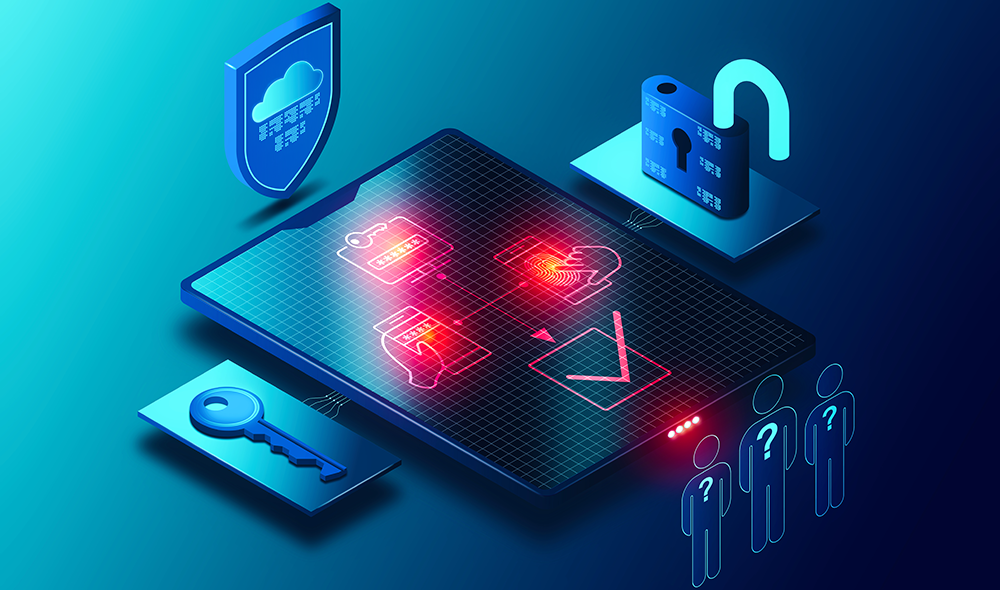Multi-factor authentication (MFA) is an effective security measure that can protect organisations from unauthorised access to their systems and sensitive data. However, attackers have found ways to circumvent this security measure through a technique known as multi-factor authentication exhaustion attacks.
These attacks involve repeatedly attempting to authenticate to a system with different combinations of credentials until the system’s MFA mechanism is overwhelmed and fails. This can allow attackers to gain access to sensitive data and systems.
How to prevent multi-factor authentication attacks
To prevent these attacks, organisations can implement several strategies. One approach is to limit the number of failed authentication attempts. This can be achieved by setting a threshold for the number of attempts allowed before the system locks out the user or requires additional verification.
Another strategy is to implement additional layers of authentication beyond MFA. For example, organisations can use behavioural biometrics, which analyse user behaviour to detect suspicious activity and authenticate users in real-time.
Organisations can also use risk-based authentication. This takes into account the user’s behaviour, location, and other factors to determine the level of authentication required. This approach can help detect and prevent multi-factor authentication exhaustion attacks by requiring additional verification if the user’s behaviour or location is deemed suspicious.
In addition, organisations should regularly monitor their systems for unusual activity and implement security patches and updates to address known vulnerabilities.
Overall, multi-factor authentication is an essential security measure that can protect organisations from unauthorised access. However, it is important to implement additional security measures and monitor systems for unusual activity to prevent multi-factor authentication exhaustion attacks. By taking a proactive approach to security, organisations can better protect themselves from this and other types of cyber threats.
